- Summary list for topic 3.4 Inheritance
- Mindmaps
- Exam style question about inheritance
- Model answer
- Model answer
- 3.4 Inheritance 1/1
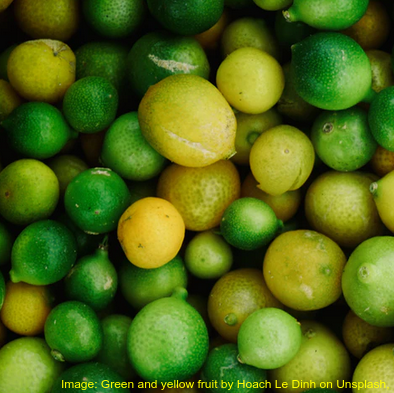
These slides summarise the essential understanding and skills in this topic.
They contain short explanations in text and images - good revision for all students.
Read the slides and look up any words or details you find difficult to understand.
Summary list for topic 3.4 Inheritance
- Mendel experiments with pea plants showing his rules of inheritance.

- Gametes are haploid so contain only one allele of each gene.
- The two alleles of each gene separate independently during meiosis.
- Fusion of gametes results in diploid zygotes with two alleles of each gene.
- Dominant alleles mask the effects of recessive alleles but co-dominant alleles have joint effects.
- Many genetic diseases in humans are due to recessive, dominant or co-dominant alleles of autosomal genes.
- Some genetic diseases are sex-linked, shown as superscript letters eg. Xh. The pattern of inheritance is different due to their location on sex chromosomes.
- Many genetic diseases have been identified in humans & most are very rare.
- Radiation and mutagenic chemicals increase the mutation rate and can cause genetic diseases and cancer.
Skills (can you?)
- Explain the inheritance of ABO blood groups.using IA, IB or i allele notation.
- Explain inheritance of red-green colour blindness and hemophilia as examples of sex-linked inheritance.
- Explain the autosomal inheritance of cystic fibrosis and Huntington’s disease.
- Construct Punnett grids for monohybrid genetic crosses.
- Compare predicted and actual outcomes of genetic crosses using real data.
- Analyse pedigree charts and to deduce the pattern of inheritance of genetic diseases.
Mindmaps
These diagram summaries cover the main details of topic 3.4 Inheritance.
Study them and draw your own list or concept map, from memory if you can.
Exam style question about inheritance
Explaining inheritance is an important skill in this topic.
Answer the question below, on a piece of paper, then check your answer against the model answer below.
Cystic fibrosis is a genetic disease caused by recessive alleles of a single gene that code for a protein.
Explain how parents who do not have the recessive phenotype for cystic fibrosis can produce a child with the recessive phenotype. [4]
....................................................................................... ............................................................................
....................................................................................... ............................................................................
....................................................................................... ............................................................................
....................................................................................... ............................................................................
Click the + icon to see a model answer.
A quiz containing multiple choice questions covering the understanding and skills from this topic.
START QUIZ!
Drag and drop activities
Test your ability to construct biological explanations using the drag and drop questions below.
Incomplete dominance and multiple alleles in blood groups are an important concept in this topic.
Three babies are born on the same day in a hospital. Unfortunately, the name tags on the babies are lost. To allocate the baby to the correct set of parents, the parents and babies blood groups are tested. The blood group results are presented below.
Baby blood groups | Parents blood group | |||
Name | Blood group | Name of parent | Mother blood group | Father blood group |
Sol | O | Gopal | B | AB |
Cia | B | Smith | A | B |
Pol | AB | Hope | AB | O |
Use the drag and drop activity to allocate the babies to their correct parents.
O father mother AB IBIB IBi blood group ii IAi
Baby Sol has blood group so has genotype . The only parents from whom he could inherit this genotype are the Smiths. Their genotype must be (mother) and IBi ( )
Baby Pol has blood group AB so has genotype IAIB. Her parents could be the Gopals or the Smiths. They cannot be the Smiths so Pols parents must be the Gopals. Their genotypes must be either or IBi ( ) and IAIB (father).
Which leaves baby Cia. Any of the three parents could have had a baby with B . The Hopes could not have had a baby with blood group O or with blood group so must be the parents of Cia. Their genotypes are IAIB (mother) and ii (father) and baby Cia's genotype must be
This is an exercise in deduction of offspring and parent genotypes from phenotypes. It is complex and if you derived the answer, well done!
Everyone needs a bit of fun while they revise. Try this Inheritance card match game.
Can you reach the leader board?
How much of Inheritance 3.4 have you understood?












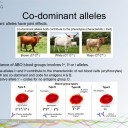
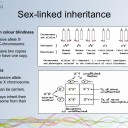


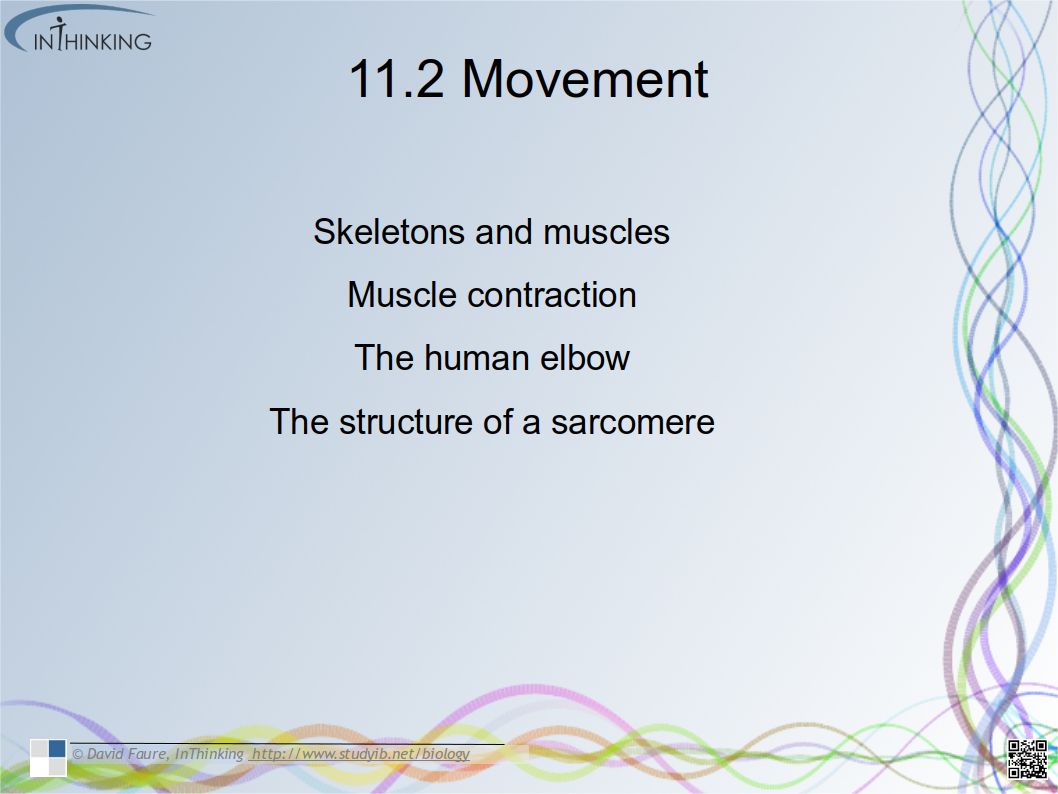
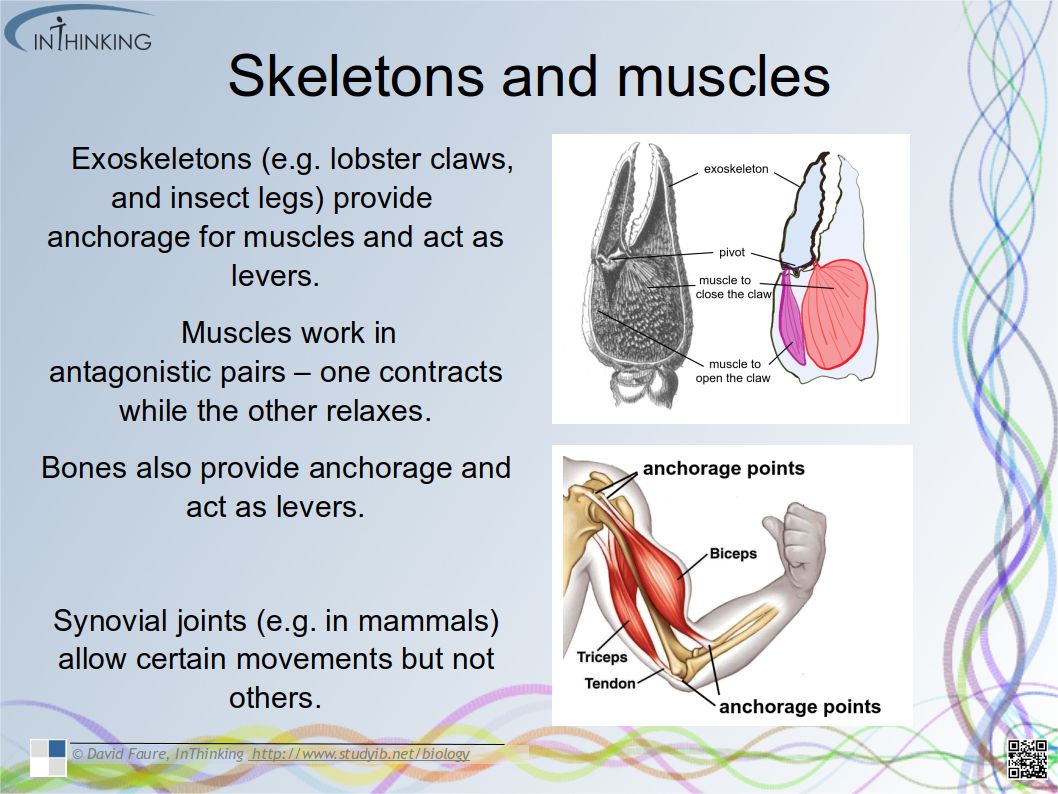
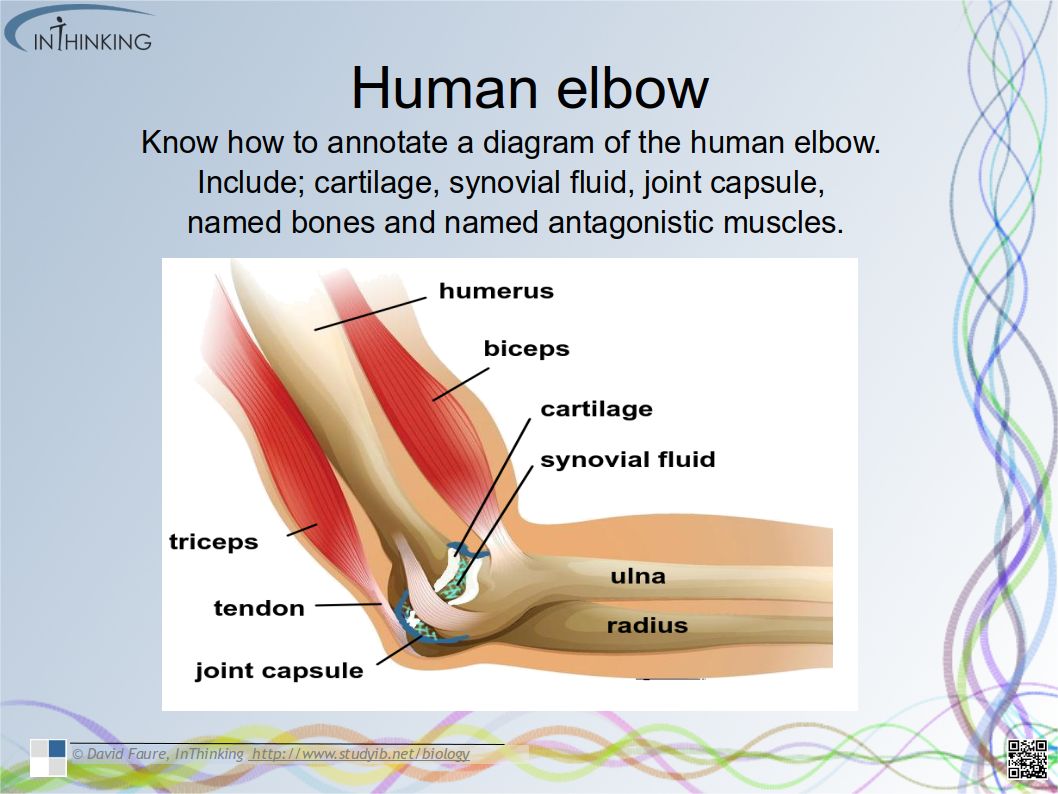

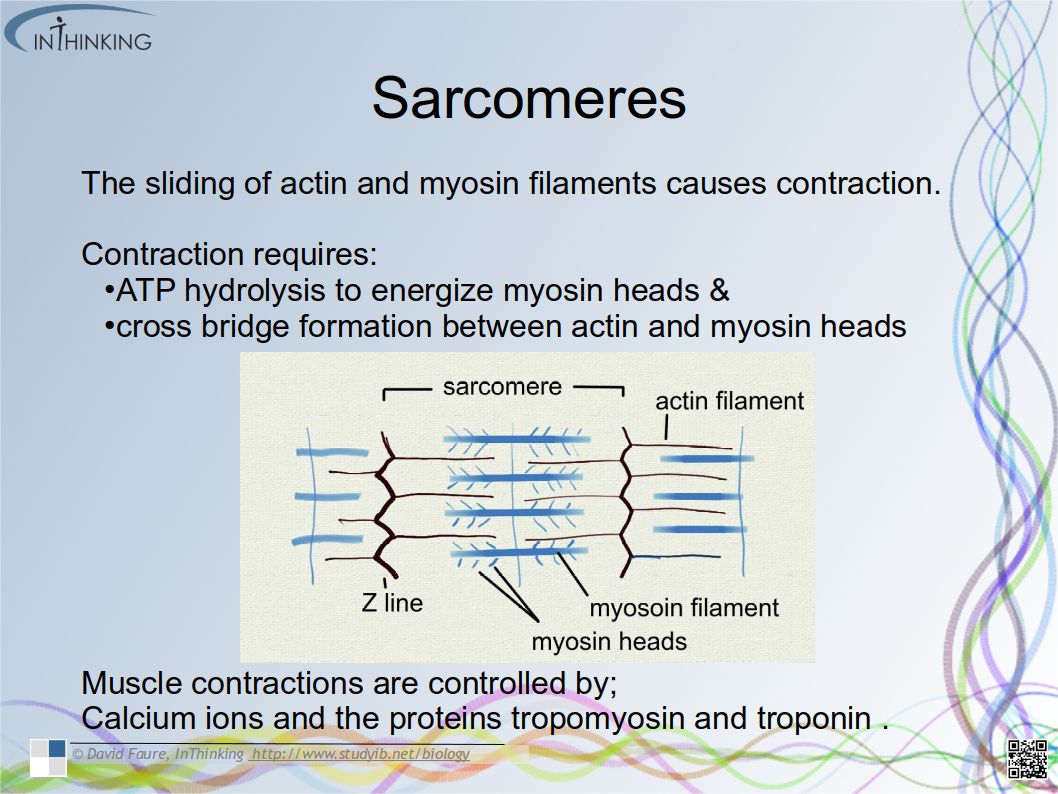

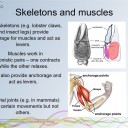
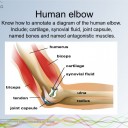

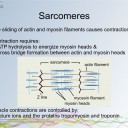


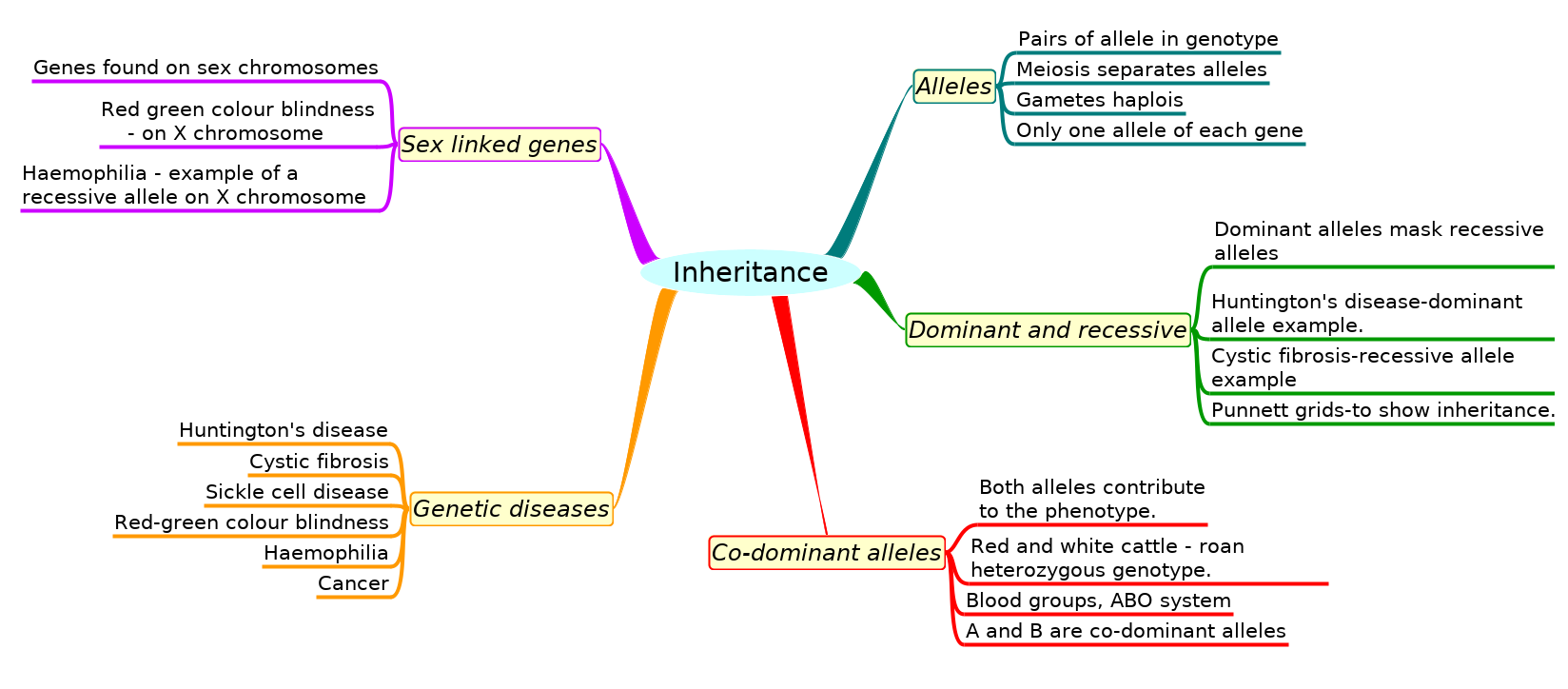
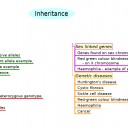



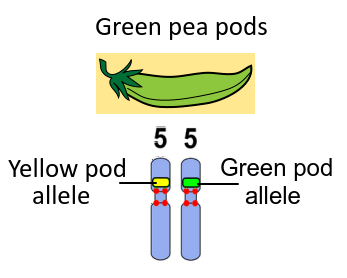
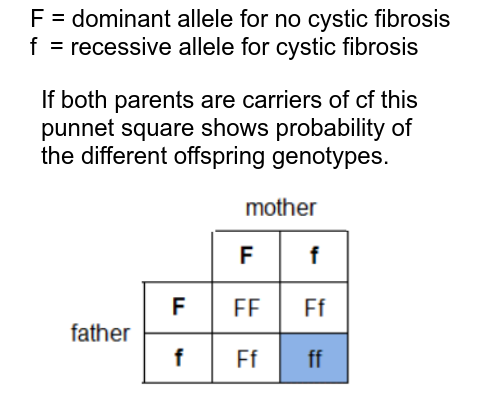
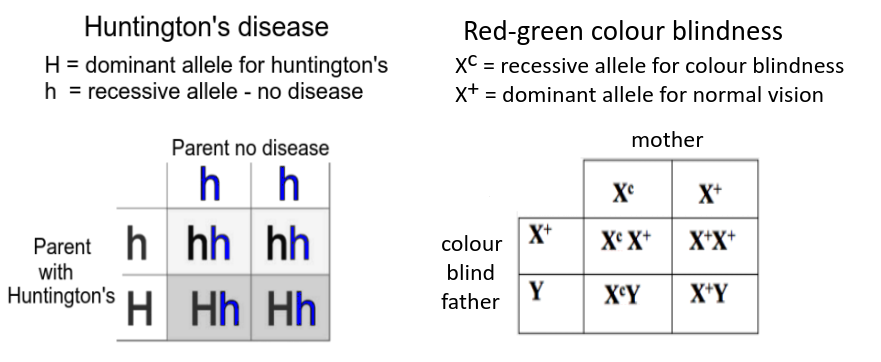
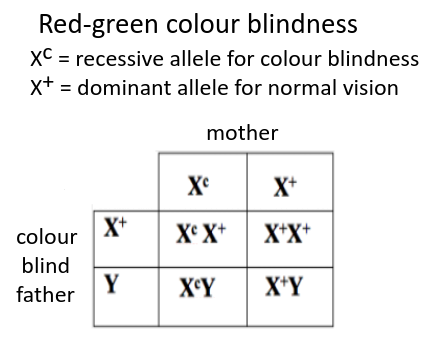
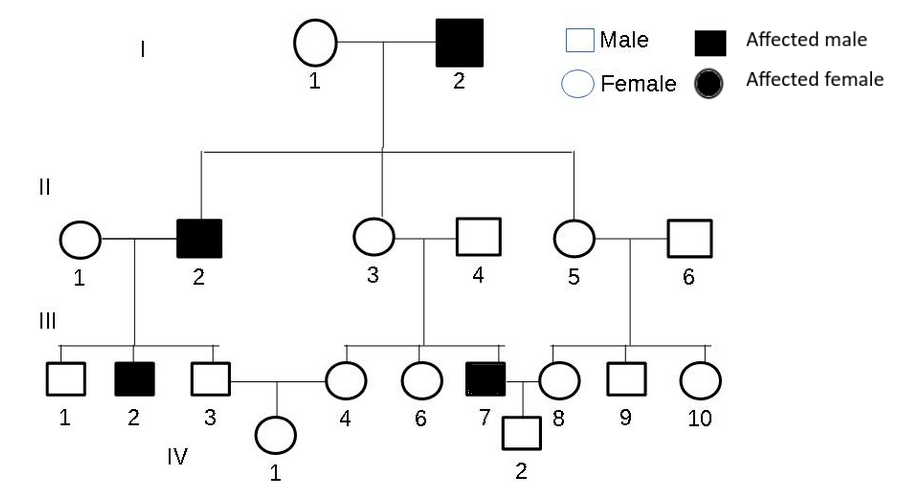
 Twitter
Twitter  Facebook
Facebook  LinkedIn
LinkedIn